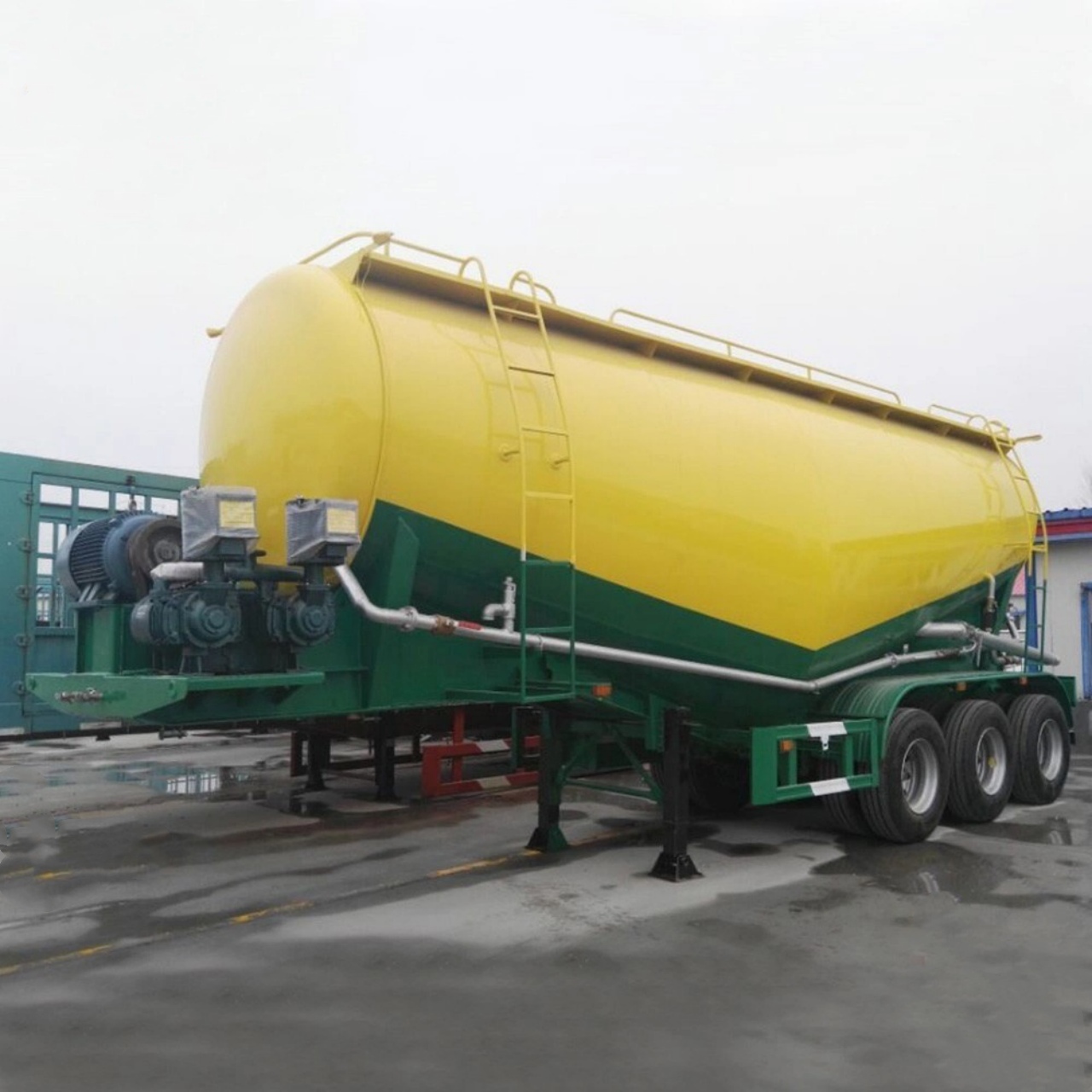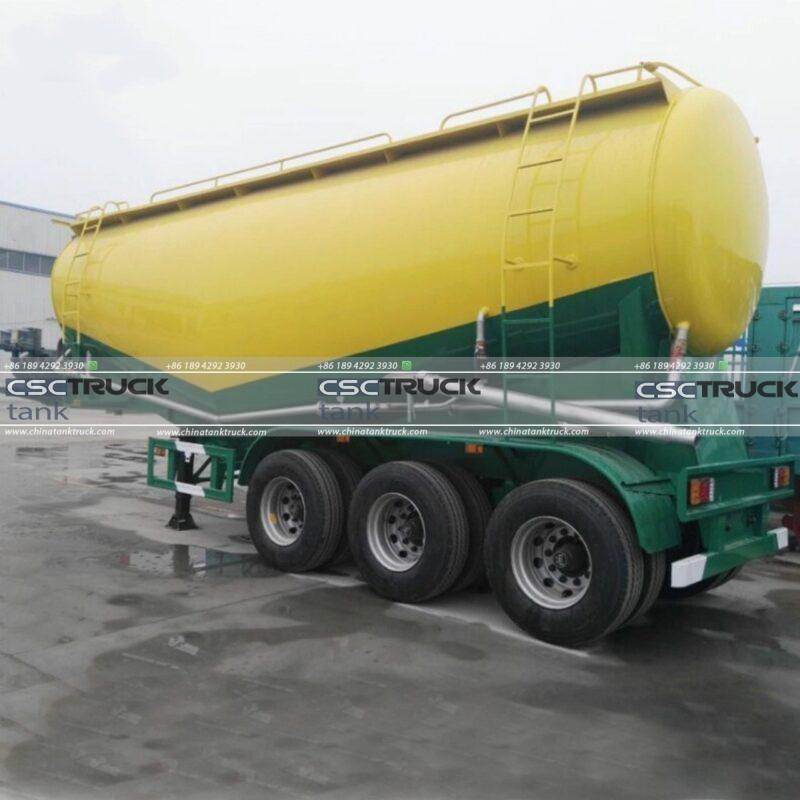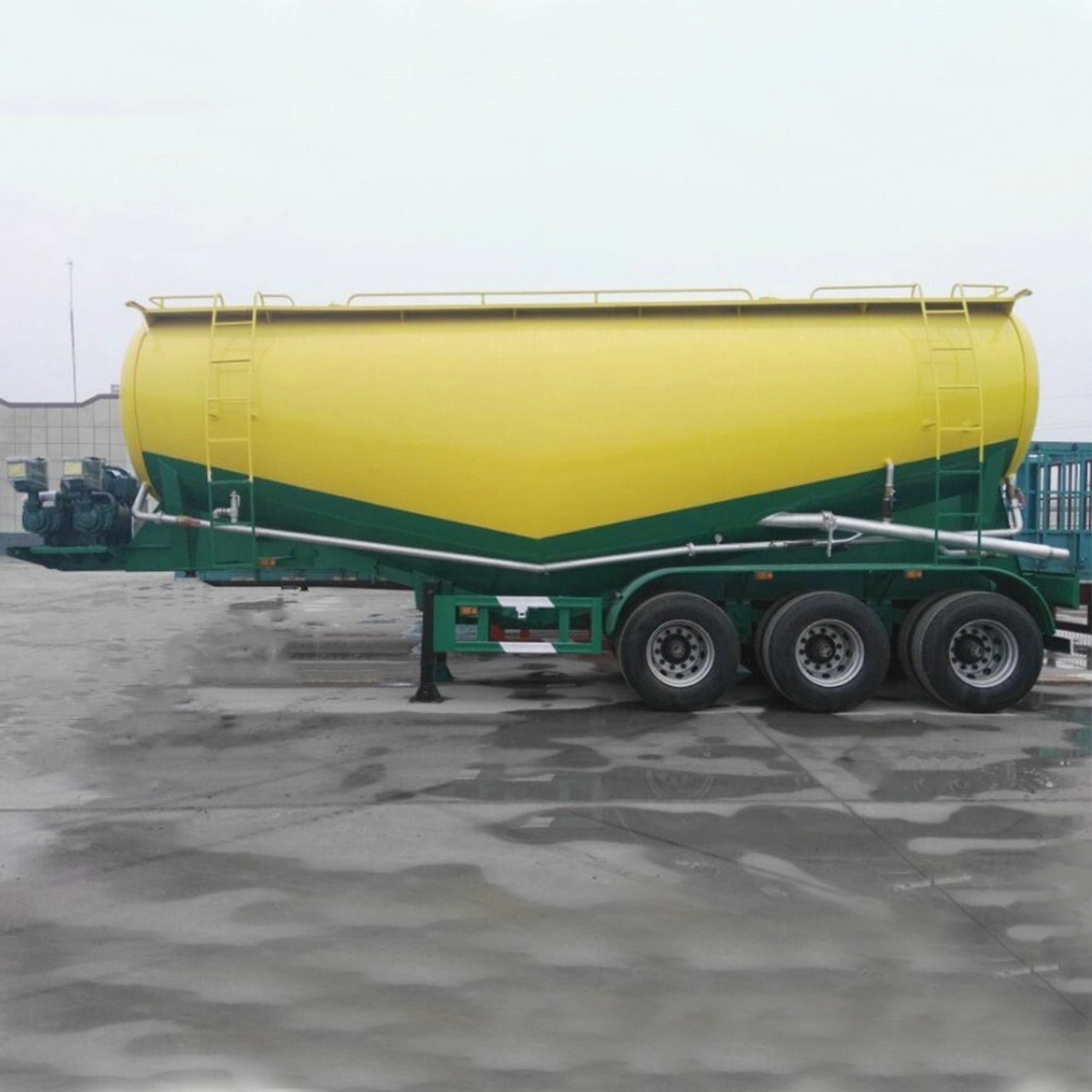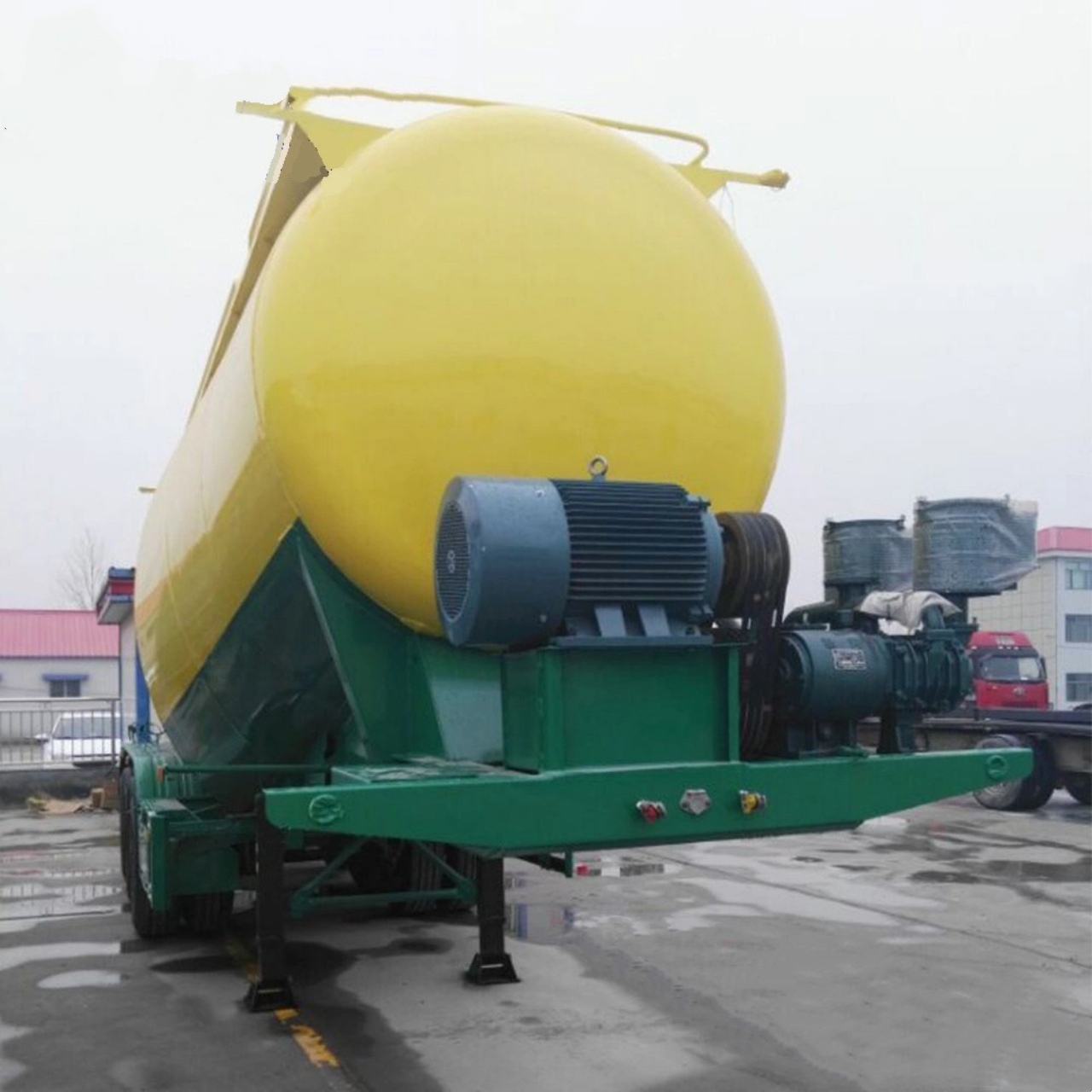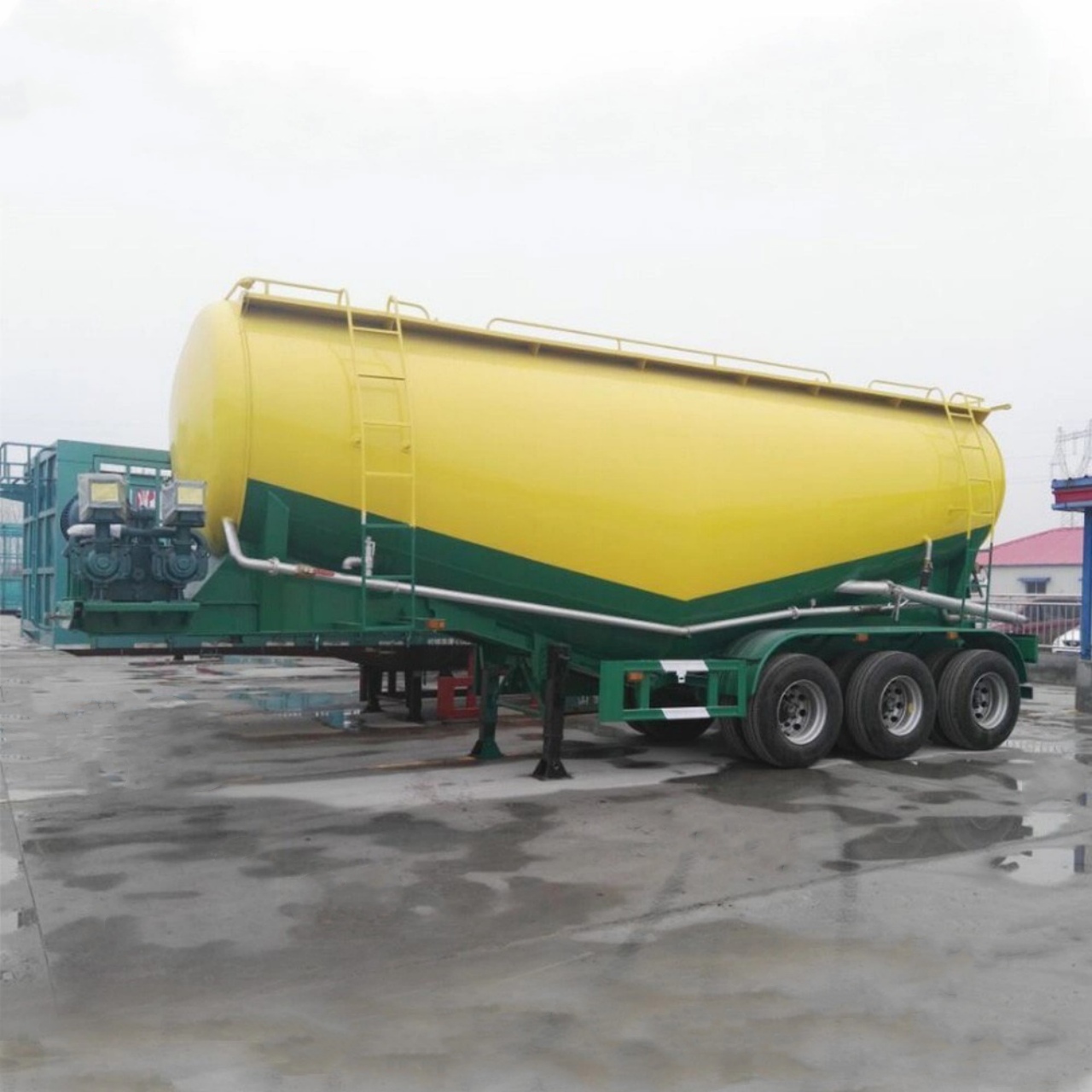Tank trailers are critical assets in transporting liquids, gases, powders, and granular materials. Used across industries such as fuel distribution, chemical transport, agriculture, food processing, and construction, these trailers must be built to meet stringent safety, performance, and durability standards. The materials used in their construction play a vital role in ensuring they perform effectively under a variety of challenging conditions. This article explores the materials tank trailers are made of, the reasons behind those choices, and how they influence trailer functionality and safety.
1. Overview of Tank Trailer Construction
A tank trailer typically consists of the tank body (shell), internal baffles, external frame, running gear, piping and valves, insulation or lining (if applicable), and safety equipment. The primary consideration in material selection is the nature of the cargo—whether it is corrosive, flammable, temperature-sensitive, food-grade, or non-hazardous.
The right material ensures the tank trailer is:
- Chemically compatible with the cargo
- Structurally strong to handle dynamic loads
- Corrosion resistant for long-term durability
- Lightweight enough to maximize payload capacity
- Compliant with DOT and ADR regulations (depending on the region)
2. Common Materials Used in Tank Trailer Construction
a. Stainless Steel
Applications: Food-grade liquids (milk, juice, alcohol), corrosive chemicals, acids, and other hazardous materials.
Properties:
- High corrosion resistance
- Easy to clean and sanitize
- Durable and long-lasting
- Heat-resistant
Grades Used: 304, 316, or 316L stainless steel are commonly used. 316 and 316L are preferred for their enhanced resistance to acids and chlorides.
Advantages:
- Ideal for transporting caustic or reactive substances
- Suitable for the pharmaceutical and food industries
- Maintains structural integrity over time
Disadvantages:
- Heavier than aluminum
- More expensive than carbon steel
b. Aluminum Alloy
Applications: Gasoline, diesel, light fuels, water, and certain non-corrosive chemicals.
Properties:
- Lightweight
- Corrosion resistant under non-acidic conditions
- Conducts heat well (useful in cryogenic applications)
Common Grades: 5454, 5083, and 5182 aluminum alloys are often used for tank bodies due to their strength and corrosion resistance.
Advantages:
- Higher payload capacity due to lighter weight
- Better fuel efficiency for the tractor unit
- Lower maintenance compared to carbon steel
Disadvantages:
- Not suitable for transporting acids or strong corrosive chemicals
- More susceptible to dents and deformation than steel
c. Carbon Steel
Applications: Asphalt, bulk cement, water, and some chemicals that are not highly reactive.
Properties:
- Strong and impact-resistant
- Affordable compared to stainless steel and aluminum
- Easy to weld and repair
Advantages:
- Excellent strength for heavy-duty use
- Cost-effective for transporting non-reactive materials
- High thermal conductivity (important for hot materials like asphalt)
Disadvantages:
- Prone to rust and corrosion without protective coatings
- Heavier, reducing the payload capacity
d. Fiberglass Reinforced Plastic (FRP)
Applications: Highly corrosive chemicals, certain acids, and alkaline substances.
Properties:
- Non-reactive with many corrosive chemicals
- Resistant to UV light and weather exposure
- Customizable for specific chemical compatibility
Advantages:
- Ideal for highly corrosive environments
- Lightweight compared to steel
- Doesn’t require interior coatings
Disadvantages:
- Less structural strength than metals
- Difficult and expensive to repair if damaged
3. Additional Construction Components and Their Materials
a. Internal Baffles and Bulkheads
These structures are used inside the tank to reduce liquid surge during transit. They are usually made of the same material as the tank to maintain chemical compatibility.
b. Linings and Coatings
For tanks that carry highly corrosive materials or food-grade liquids, interior linings are added:
- Rubber linings for acids
- Epoxy coatings for water and mild chemicals
- Glass linings for specific food-grade or pharmaceutical products
These coatings add an extra layer of protection and extend the tank’s service life.
c. Insulation and Outer Shells
Some tank trailers transport temperature-sensitive products like cryogenic gases or hot asphalt. In such cases, insulation (often fiberglass or polyurethane foam) is used. These are typically wrapped in a polished aluminum or stainless steel outer shell.
4. Matching Material to Application
The selection of materials in tank trailer manufacturing is highly specialized. Here are a few examples:
- Milk Tankers: Always use 316 stainless steel with sanitary-grade internal welds to prevent contamination.
- Fuel Tankers: Aluminum is preferred to maximize the volume-to-weight ratio while resisting corrosion.
- Chemical Tankers: Use stainless steel or FRP depending on the chemical composition.
- Asphalt Tankers: Opt for carbon steel with heavy-duty insulation and heating systems.
A mismatch in material can result in corrosion, contamination, or even catastrophic failure.
5. Regulatory Considerations
Materials used in tank trailer construction must comply with international and national safety codes:
- DOT 406/407/412 (U.S. Department of Transportation regulations)
- ADR (European Agreement concerning the International Carriage of Dangerous Goods by Road)
- ASME (American Society of Mechanical Engineers standards for pressure vessels)
Manufacturers must also ensure compatibility with EPA and FDA guidelines for environmental safety and food transport.
6. Technological Advancements
Recent innovations include:
- Composite tanks: Hybrid designs that combine aluminum, FRP, and stainless steel for specialized applications.
- Lighter alloys: Development of high-strength aluminum and steel alloys to reduce weight without compromising safety.
- Smart linings: Coatings that change color upon chemical exposure, helping identify breaches or contamination.
These developments are helping fleet operators lower maintenance costs, increase safety, and improve payload capacity.
Conclusion
Tank trailers are made of a carefully chosen range of materials, primarily stainless steel, aluminum, carbon steel, and FRP, each selected for its compatibility with the cargo and operating conditions. The decision is influenced by factors such as corrosion resistance, strength, weight, chemical reactivity, and regulatory requirements. Understanding the material composition of tank trailers is essential for safe transport operations and long-term asset reliability. As transportation needs evolve and new substances emerge, the materials and technologies behind tank trailer construction continue to adapt, ensuring they remain efficient, safe, and robust.
